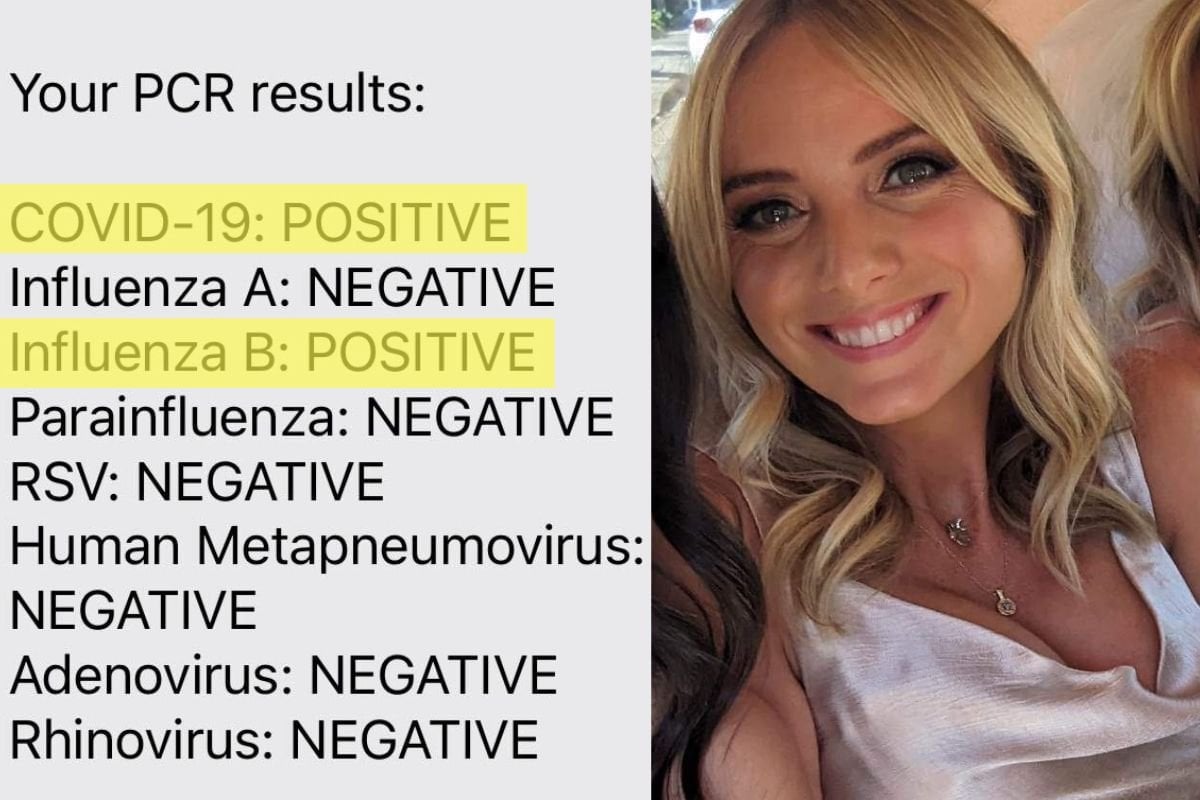
It starts with the cough. You know the one.
At first, you think you might just have something caught in your throat. You drink some water. More coughing. The water must have gone down the wrong way. Then there are two coughs. You're out in public. You smile politely at people walking past as if to say "don't worry I promise it's not COVID", but at this stage you're not so sure. Is this COVID? Surely not again.
From there, the cough progresses.
Mine developed into the kind of dry cough where you can't quite catch your breath. That night I laid in bed coughing all night long and probably only slept for an hour or two. But I'm also in my third trimester of pregnancy, so that's not entirely unusual.
After two days of this cough, a splitting headache, fevers (at least I think it was a fever... again, when you're pregnant you're running pretty hot anyway) and general fatigue, I booked in to see my GP. I did a COVID test before I left for my appointment, as I'd been doing for the last few days, and still it was reading negative.
At the appointment, he did a swab and told me to keep up the fluids, rest, and clarified what medication I could and couldn't take. In short, Panadol is just about all you're allowed.
In the early hours of the next morning, as I lay in bed in a cold sweat, coughing so hard I thought I might break a rib, I received my results.
I indeed had COVID for a second time. And I also had Influenza B. I had somehow managed to contract both at once – as if being 33 weeks pregnant wasn't hard enough.




























































































